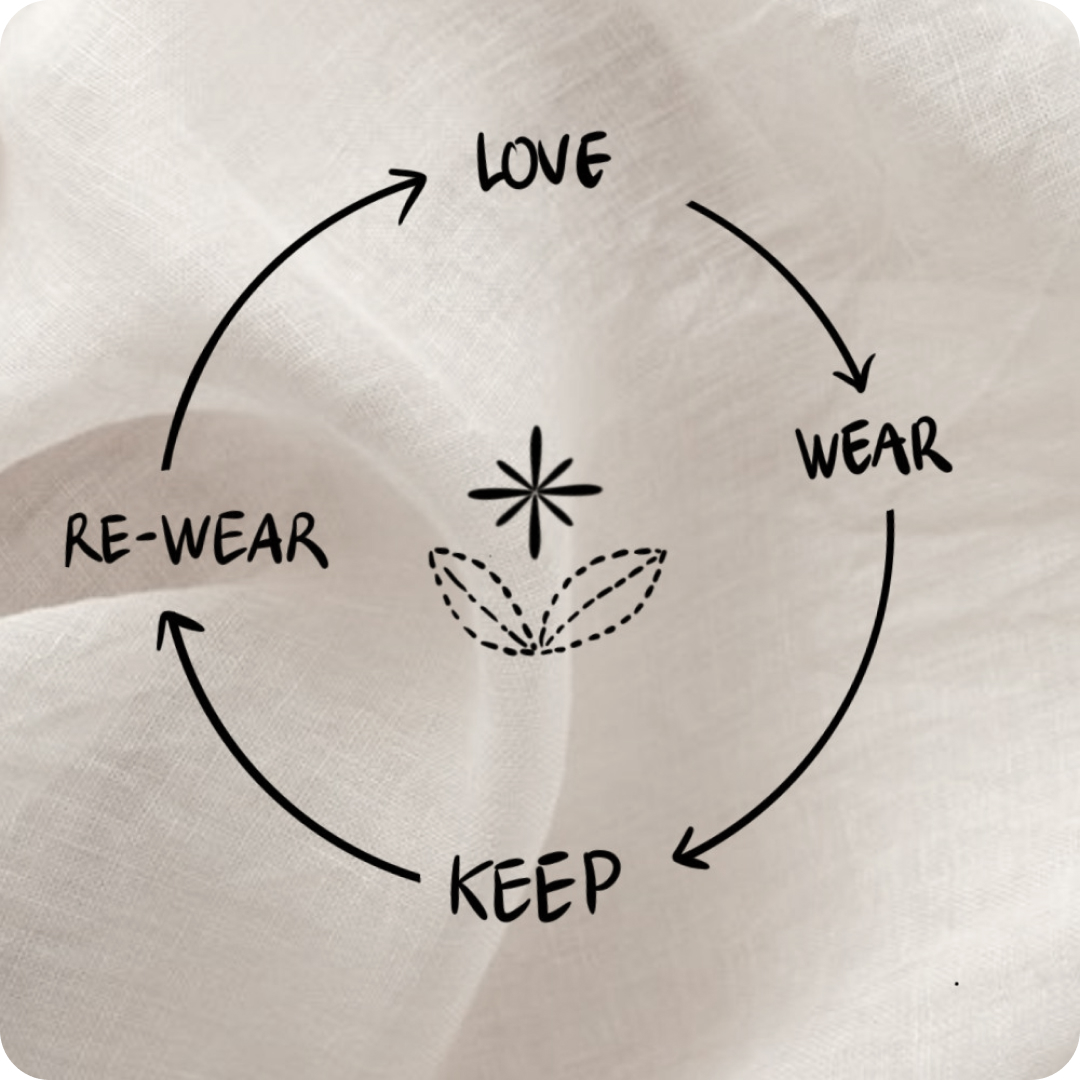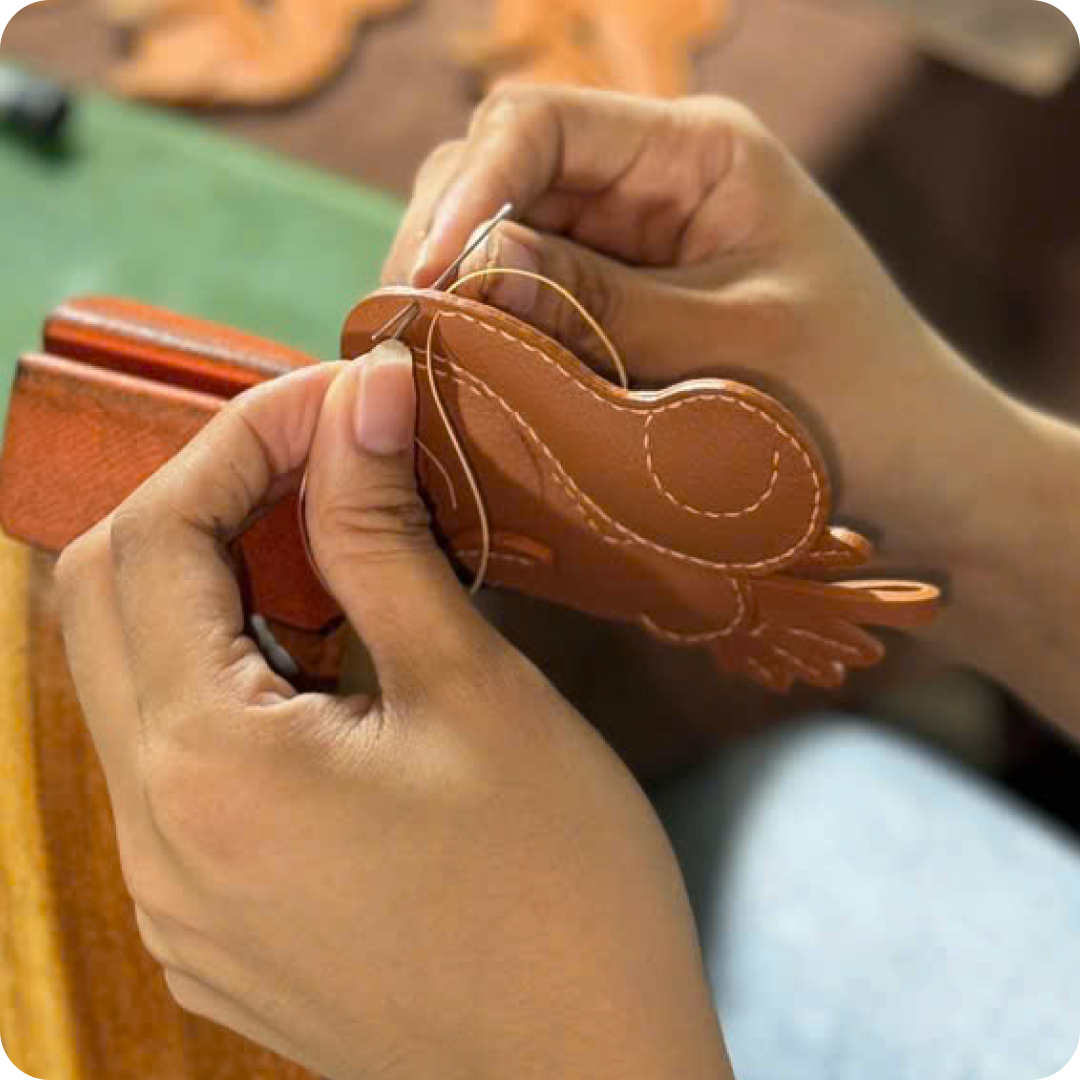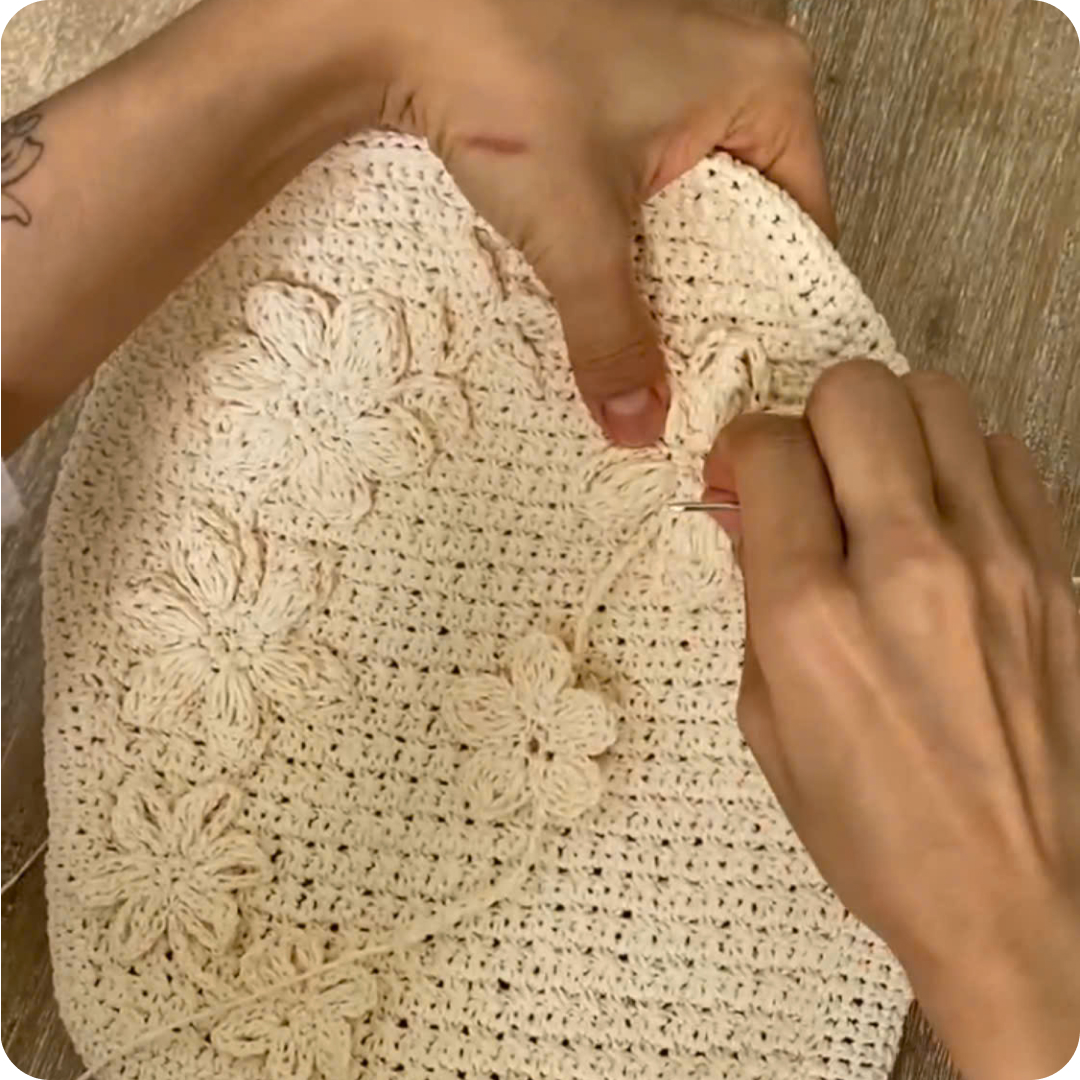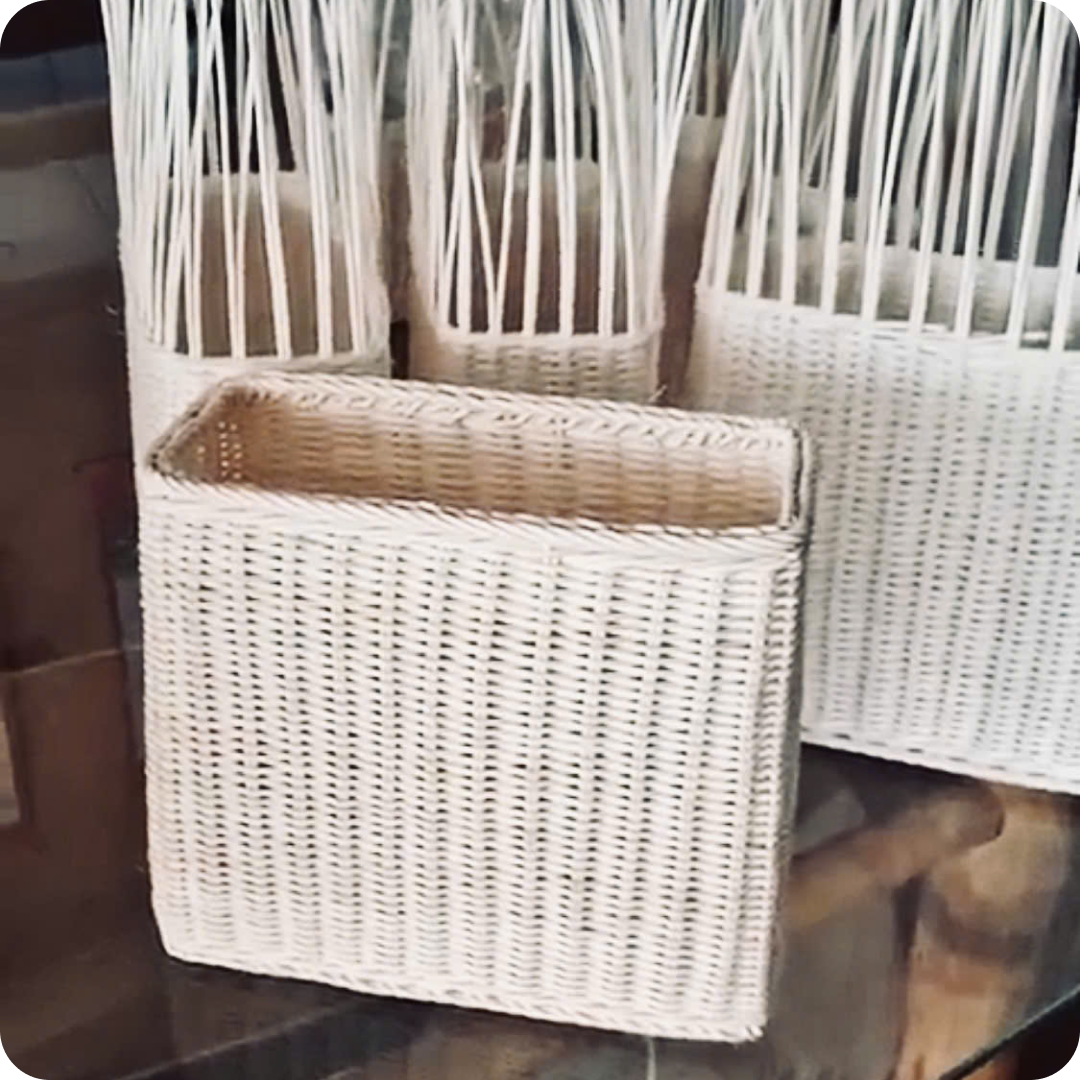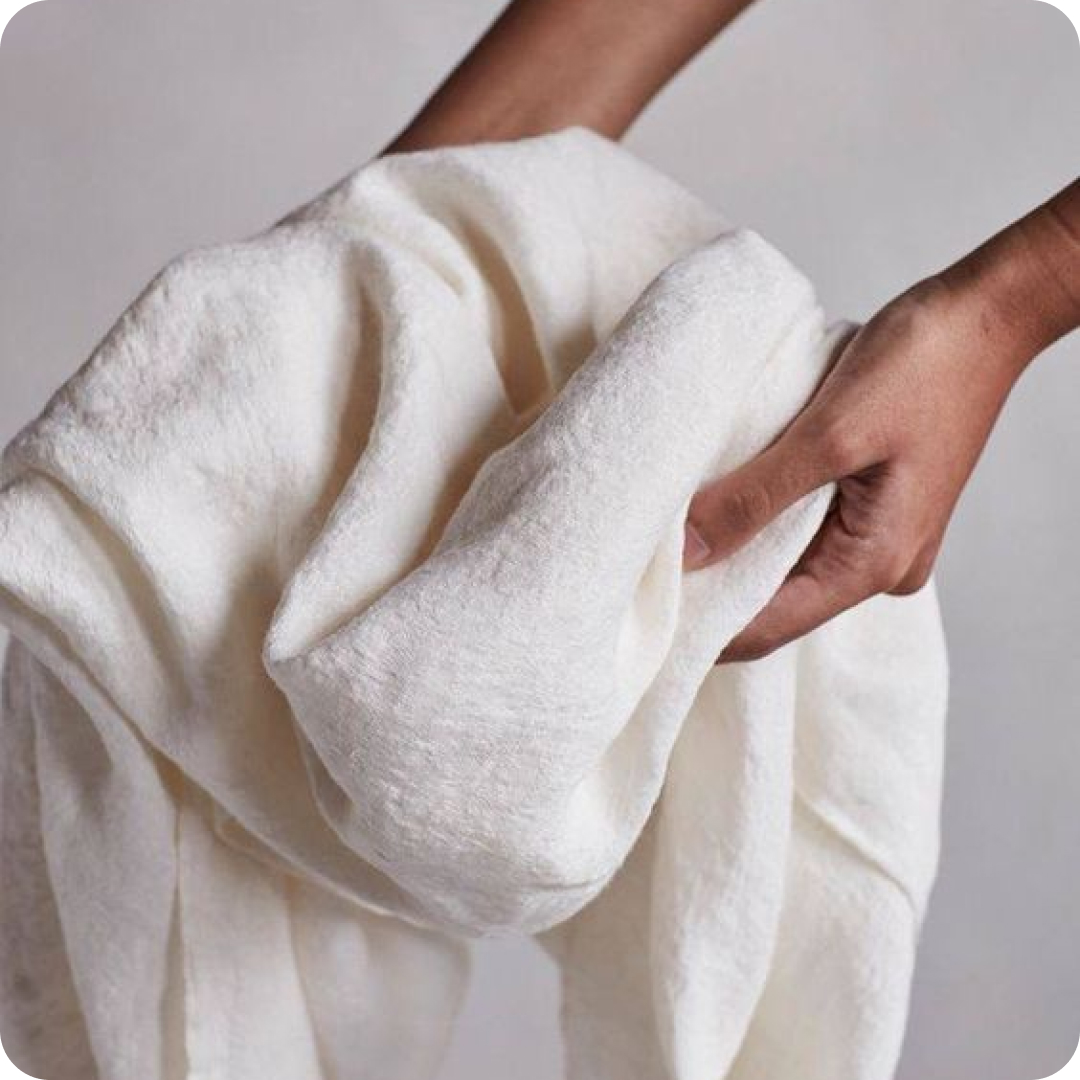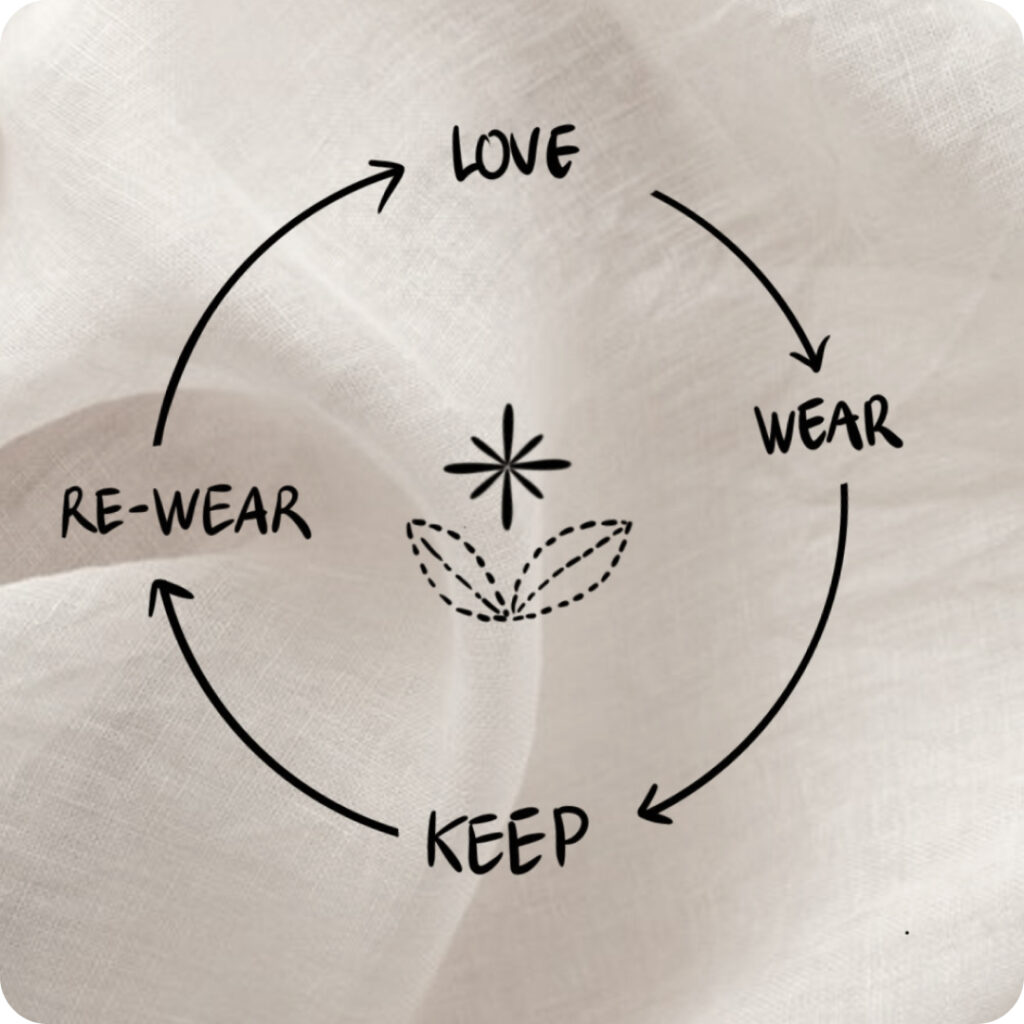Elevate Your Wardrobe: Trousers Care Guide
In the sartorial realm, trousers stand as the cornerstone of smart dressing, whether complementing a sharp blazer or pairing seamlessly with an elegant blouse. Bearing in mind that quality trousers are an investment, preserving their condition with proper care is paramount. This comprehensive guide presents steadfast methods for maintaining your trousers, ensuring they remain a quintessential element of your wardrobe for years to come.
Fundamentals of Trousers Care
To extend the life and appearance of your trousers, understanding the basics of garment care is essential. Firstly, always consult the care label—your definitive resource for tailored guidance on laundering and material handling. Invariably, the key to preserving lies in the frequency and method of washing. Over-washing can lead to color fade and fabric wear, while under-washing can cause permanent staining and fabric degradation. As a rule of thumb, cleanse your trousers after every three to four wears, unless they are visibly soiled or carry odors.
For daily upkeep, hang your trousers on a proper trouser hanger by the hem to retain shape and allow for aeration. In between wears, brush them down with a soft garment brush to remove surface dust and prevent buildup.
Methodical Washing Techniques
When it’s time to wash your pants, sorting them by color and fabric type is crucial to prevent bleeding and damage. Cold water and mild detergents are the best companions for most materials, reducing the risk of shrinking and preserving color integrity. Opt for a gentle cycle and fasten buttons and zippers to minimize friction that might lead to pilling or tearing.
For pants made of delicate fabrics such as wool or silk, consider professional dry cleaning. However, for more robust materials, such as cotton or polyester blends, machine washing is permissible. Ensure to turn these items inside out to safeguard against fading and place them in a mesh garment bag to shield them from snagging.
Ironing and Storage Solutions
Ironing contributes significantly to the pristine appearance of trousers. To prevent scorch marks or shine, always iron at the recommended fabric settings and use a pressing cloth for an extra layer of protection. Aim for a crisp finish on the seams and pockets, which will elevate the finesse of your attire.
Ironing your pants properly will enhance the sophistication of your outfit (Internet Source).
When it comes to storing trousers, opt for a cool, dry closet free from direct sunlight. Clamp-style hangers are ideal for wool pants to avoid creases, while felt-lined or padded hangers prevent cotton and linen trousers from slipping. For long-term storage of seasonal pants clothing, invest in breathable garment bags to deter moths and moisture.
The Role of Repairs and Alterations
Regular inspections for signs of wear and tear are an overlooked, yet critical aspect of clothing upkeep. Small rips or loose buttons can escalate into costly damages if not promptly addressed. Seek a reputable tailor for repairs as a stitch in time saves nine.
Regularly check the bottom of your trousers to keep them clean and limit long-term stains. (Internet Source)
Alterations not only cater to repairs but also offer the advantage of custom-fitting your trousers to your evolving body shape. A tailor could adjust hems, waists, and seams to revitalize an older pair of pants—thus extending their lifecycle and ensuring they flatter your figure at every stage.
Conclusion
Expert care for your trousers not only honors your commitment to quality dressing but also exemplifies sustainability by extending the lifespan of your garments. By adhering to these detailed recommendations for washing, pressing, and storage, you can rest assured your favorite blazer trousers or trousers blouse ensemble will stand the test of time. With proper attention and care, your pants will continue to serve as the understated workhorse of your sartorial lineup, exuding sophistication and class season after season.



